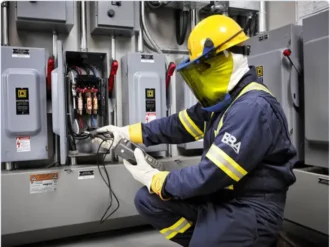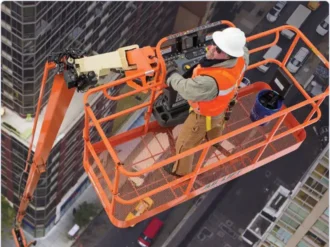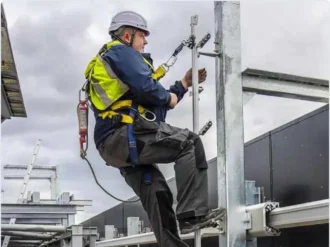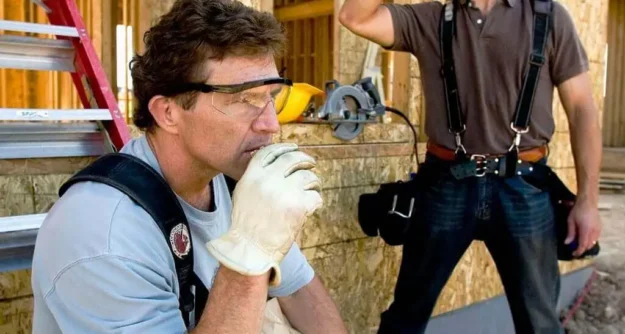Introduction
When used correctly, banners and signs can increase revenue for businesses by drawing the attention of potential customers and inviting them to step inside a shop. In addition, large banners placed in high-traffic, public locations can significantly improve the visibility of businesses and products. Hanging these advertisements, however, is a dangerous task and may even prove fatal if employees are not properly trained for the job.
Potential Hazards
The most common risks associated with hanging banners and signs are:
Falls from Height.
Although some banners and signs can be placed on walls, most indoor banners are hung from the ceiling, while large outdoor visual advertisements are usually positioned at great heights to improve visibility. As such, one of the most significant risks of hanging banners and signs is that of accidental falls, which can lead to serious injuries and even death.Poor Use of Aerial Lifts.
To achieve the height required to place most large outdoor banners and signs, employees must use aerial lifts or other, similar boom supported platforms. If operated poorly, these vehicles can injure not only the people standing on them but also passers-by and nearby workers. To prevent such accidents, employees must become familiar with aerial lifts and the potential hazards associated with the latter.Electrocution.
In many cases, banners and signs are positioned at the side of high-traffic streets, which makes it likely that employees must work around powerlines and electricity while installing the advertisement. If workers do not understand the nature of electricity and conductivity, they may suffer electrical injuries, as well as cause significant property damage.
Incident Prevention
Although employees tasked with hanging banners and signs often face many of the work-related hazards specific to the construction industry, they receive considerably less safety training, which increases the chance that they become injured. The first step towards incident prevention is to offer access to sufficient safety courses for all such employees.
Employees who are familiar with fall arrest systems are less likely to suffer serious injuries from falls, but they must also have access to the right personal protective equipment in order to maintain their safety. Even when banners and signs are hung indoors using ladders, the risk of injury can be mitigated through proper fall awareness and the use of protective gear.
Finally, workers who are commonly assigned to hang advertisements in outdoor public locations should be able to use aerial lifts correctly and take the necessary safety measures to avoid incidents. This includes the ability of employees to detect overhead powerlines and work around them while driving specialized vehicles.
Recommended Safety Courses



What You Can Do to Stay Safe
As an employee of an advertising company that is frequently tasked with hanging indoor and outdoor banners, you must take a proactive stance and ensure that you are trained to prevent and deal with the hazards commonly associated with your job. The right safety courses should be provided by your employer according to Canadian law.
Furthermore, if you work in a retail store or other business where you are often required to hang indoor banners using ladders, you have the right to access the same safety courses as employees who handle this task on a daily basis. To maintain your safety and that of potential customers, it is imperative that you undergo appropriate training and apply the strategies you have learned in your work routine.
Because hanging banners and signs involves many of the same hazards that are faced by construction workers, you can consult a more comprehensive list of safety courses you might need by visiting our construction industry page.

